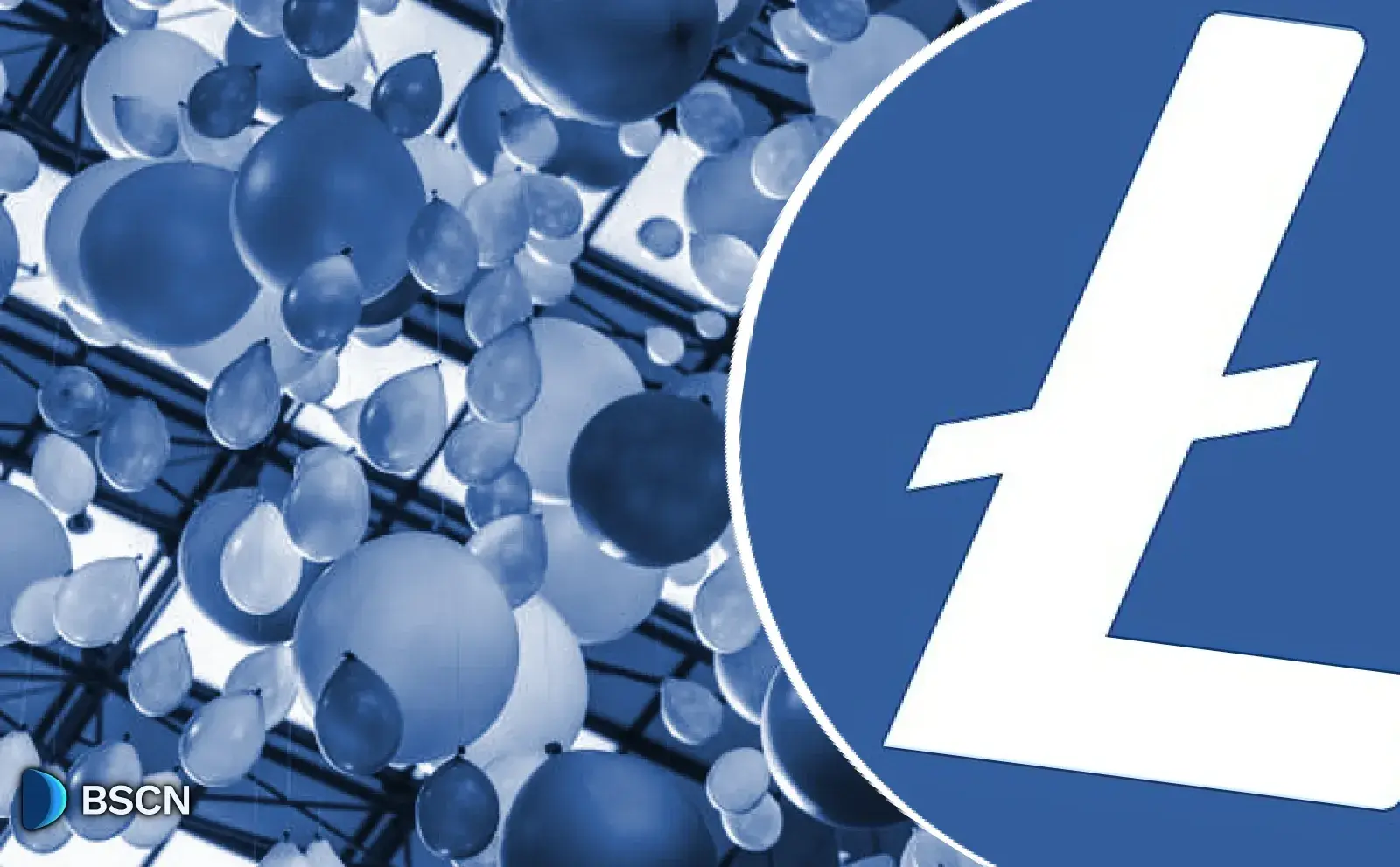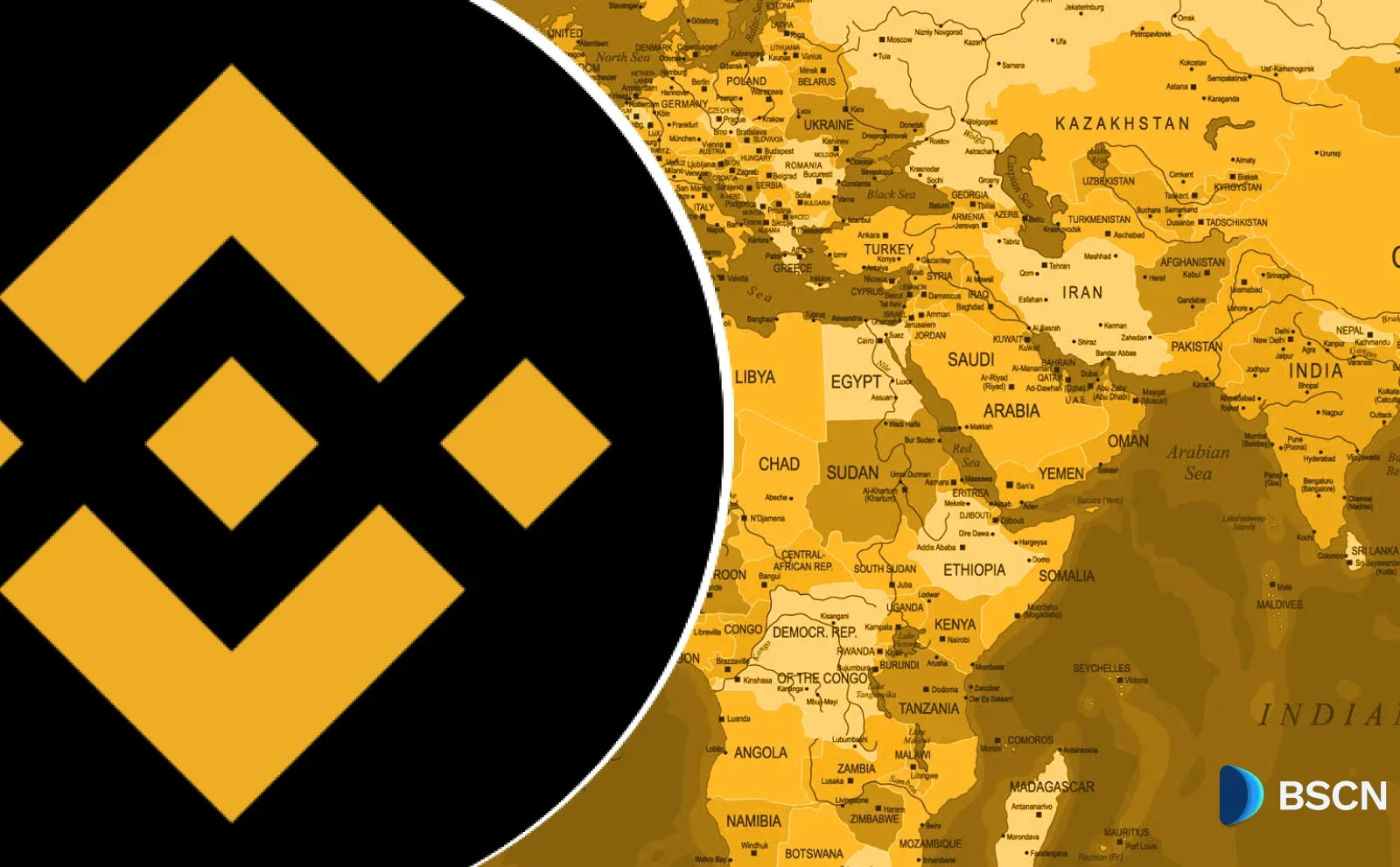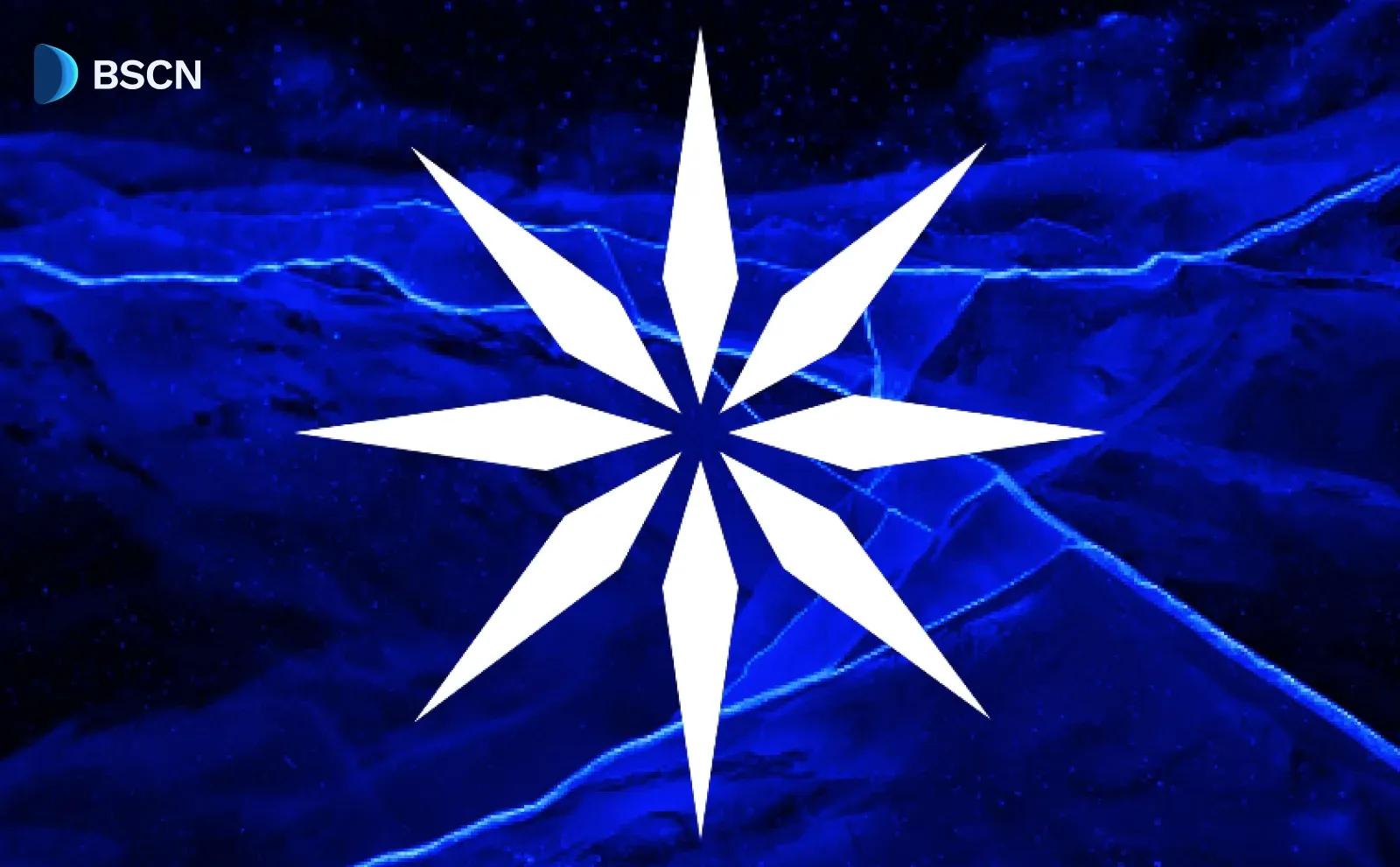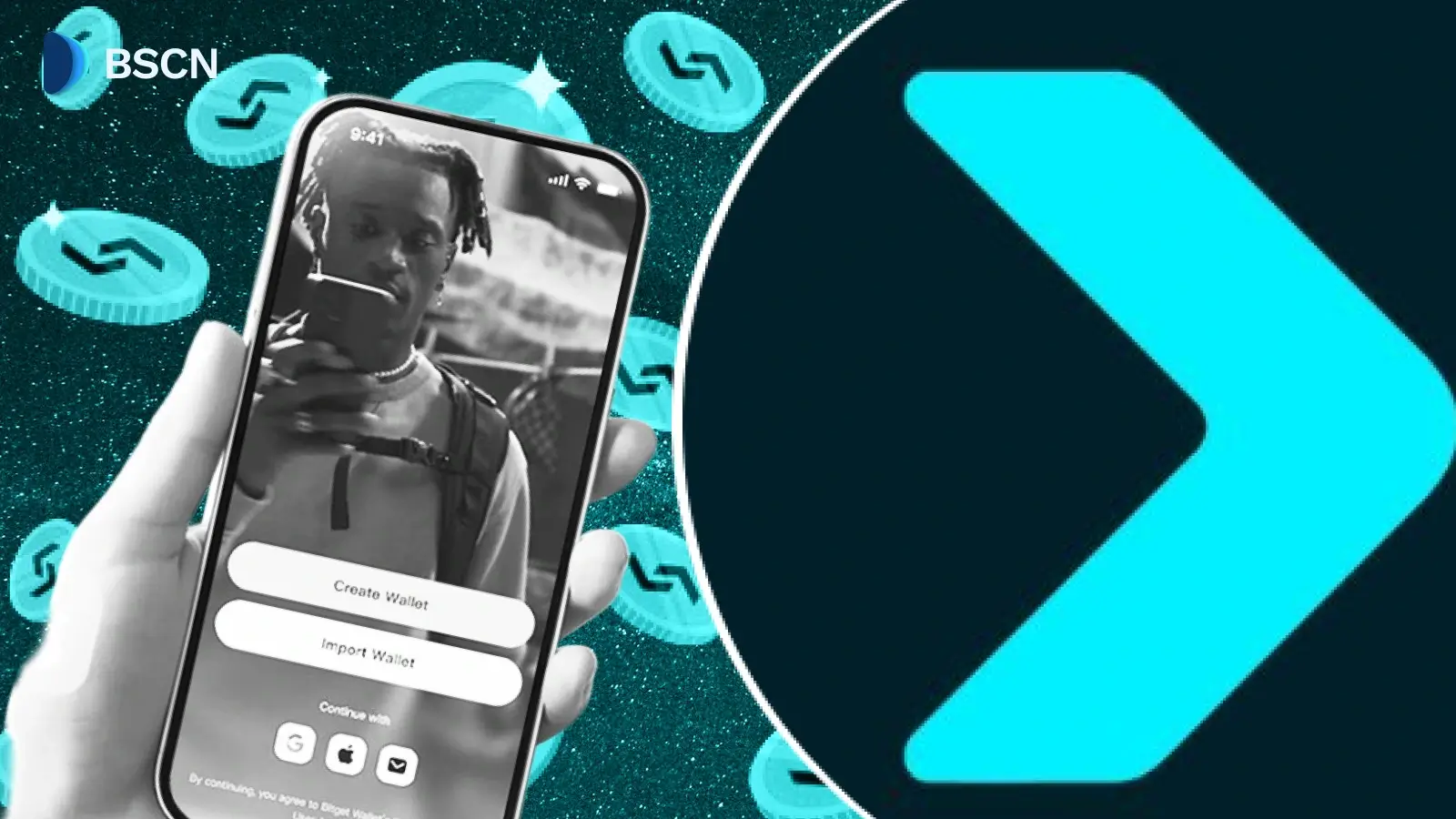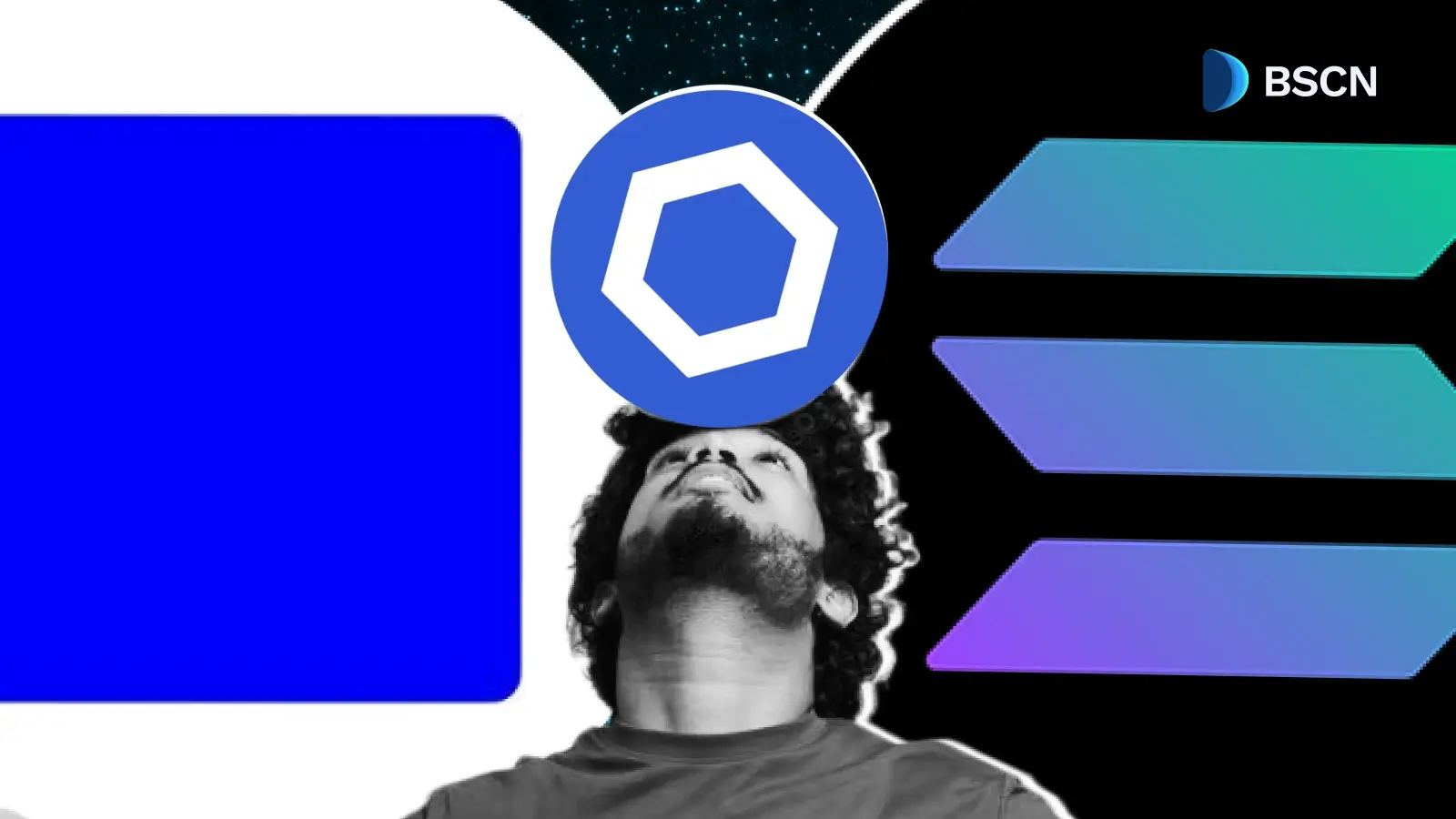Research
(Advertisement)
Litecoin's 14th Anniversary: A Deep Dive Into Its History and Key Milestones

Litecoin celebrated its 14th anniversary on October 13, 2025, marking 14 years of uninterrupted operation, technical milestones, and reliable cryptocurrency performance since 2011.
UC Hope
October 14, 2025
(Advertisement)
Table of Contents
Litecoin observed its 14th anniversary on October 13, 2025, marking more than a decade of operation since its launch in 2011. This event highlights the network's role in the cryptocurrency sector, where it has processed over 300 million transactions with average fees below $0.01 and settlement times close to instant.
Created as an alternative to Bitcoin with a focus on faster block generation and lower costs, Litecoin has maintained continuous uptime without interruptions, distinguishing it in an industry prone to volatility and technical challenges. The anniversary, promoted through posts by the Litecoin Foundation on X, underscores its contributions to transaction efficiency and network reliability over nearly 15 years.
Origins and Early History of Litecoin
Litecoin originated from the work of Charlie Lee, a software engineer previously employed at Google, who sought to address limitations in Bitcoin's design, such as its 10-minute block times and associated fees. Lee forked Bitcoin's open-source codebase to develop Litecoin, aiming for a version better suited to routine payments and transfers.
The network went live on October 13, 2011, with mining accessible to the public from that date, though some records note the code release on October 7. At launch, Litecoin traded at approximately $0.30 per coin, with a total supply capped at 84 million units, four times Bitcoin's 21 million, to enforce scarcity while expanding availability.
A key technical distinction lies in Litecoin's use of the Scrypt hashing algorithm, differing from Bitcoin's SHA-256. Scrypt was initially selected to favor CPU-based mining, which helped distribute participation more widely and delayed the dominance of specialized ASIC hardware. This approach supported early decentralization efforts.
Practical Option for Low-Fee Transfers
Litecoin's block generation interval stands at 2.5 minutes, enabling four times the confirmation speed of Bitcoin and facilitating quicker transaction processing. By 2013, Litecoin had established itself as a practical option for low-fee transfers between exchanges, contributing to its market cap growth during that year's cryptocurrency expansion.
The project's governance evolved with the formation of the Litecoin Foundation in 2017, a nonprofit organization dedicated to advancing development, user adoption, and educational initiatives. Charlie Lee assumed the role of managing director, providing structured oversight that transitioned Litecoin from an individual-led initiative to a community-supported entity.
This shift coincided with Litecoin's integration into broader cryptocurrency ecosystems, including support on major exchanges and wallets, solidifying its position among the top 20 digital assets by market capitalization. Litecoin's early emphasis on usability positioned it as a testing environment for features later adopted by Bitcoin, due to its smaller scale and agile community.
Key Milestones in Litecoin's Development
Litecoin's development history features a series of updates and events that have defined its technical and operational characteristics. The following breakdown organizes these milestones chronologically, with details on each advancement.
2011: Network Launch
Fair Distribution Model: The network started without a premine or initial coin offering. This setup allowed public mining from the outset and supported equal distribution of coins. This approach prevented centralized control over the starting supply, establishing a decentralized foundation for Litecoin.
2013: Adoption Growth
Role in Value Transfers: Litecoin gained wider adoption as a low-cost alternative for transferring value between users and exchanges.
This increase aligned with the overall expansion in the cryptocurrency market during 2013, positioning Litecoin as a practical alternative for everyday transactions.
2017: Protocol Upgrades
- Segregated Witness (SegWit) Activation: Litecoin was the first major cryptocurrency to implement SegWit, which separates signature data from transactions to increase block capacity.
- Lightning Network Transaction: The network completed its first Lightning Network payment, an off-chain method for fast and inexpensive transfers, ahead of Bitcoin's adoption.
- Atomic Swaps Introduction: This feature allowed for direct, intermediary-free exchanges between Litecoin and other cryptocurrencies, such as Bitcoin.
These changes improved scalability, enabled layer-two protocols, and supported trustless cross-chain operations, marking a significant year for Litecoin's technical evolution.
Halving Events
Occurrences and Schedule: Halvings took place in 2015, 2019, and 2023, with the next one set for 2027. Each event halves the mining reward to manage supply growth. These halvings follow a model similar to Bitcoin's but occur on a shorter cycle due to Litecoin's 2.5-minute block times, helping to regulate the economic structure.
2022: Privacy Enhancements
MimbleWimble Extension Blocks (MWEB): Litecoin added MWEB to provide optional privacy, hiding transaction details like amounts and addresses while keeping the proof-of-work system intact. This implementation sets Litecoin apart from other proof-of-work networks by offering user-selected confidentiality without requiring it for all transactions.
2023: Security Improvements
Record Hashrate Achievement: The network reached its peak hashrate, boosted by merge-mining with Dogecoin, which increases overall computational security. This milestone strengthened defenses against potential attacks through higher mining participation.
2024-2025: Institutional Developments
Spot ETF Progress: Proposals for Litecoin-based exchange-traded funds advanced, with reviews treating Litecoin as a digital commodity for investment purposes.
These steps indicate growing recognition of Litecoin in traditional finance, potentially expanding access for institutional users.
Ongoing Achievements (2011-2025)
- 100% Uptime Record: Litecoin has operated without any hacks, outages, or interruptions since launch, outperforming Bitcoin in continuous service reliability.
- Additional Features: Includes smart contract functionality through OmniLite and support for various wallets and payment platforms.
- Global Liquidity: Available in more than 200 countries, with connections to merchants and financial services.
Overall, these key milestones highlight Litecoin's emphasis on reliable improvements and broad compatibility, contributing to its sustained presence in the cryptocurrency ecosystem.
What is the current Sentiment Around Litecoin?
As of writing, Litecoin's market capitalization exceeds $7B, with its price holding slightly above $90 amid shifts in investor preferences toward established cryptocurrencies like Bitcoin. The 14th anniversary prompted activity on X, where the Litecoin Foundation shared a video and 14 facts detailing its fair launch, MWEB privacy, and cost efficiency. Responses included acknowledgments from related projects, along with community-generated content.
Market observers have noted Litecoin's adaptation from emphasizing speed and low fees to highlighting reliability and privacy, particularly as stablecoins have taken prominence in transfers. Planned events include the Litecoin Summit set for May 29-30, 2026, in Las Vegas, which will address development and adoption strategies. Community price projections indicate short-term targets of around $135, with potential rises above $200 by the end of 2025, driven by ETF approvals, and a record network hashrate.
Sentiment within the community remains supportive, emphasizing Litecoin's proof-of-work model, decentralization, and active user base as factors contributing to its value.
Final Thoughts
Litecoin's established features in privacy through MWEB, payment processing, and institutional compatibility provide a basis for its continued operation. Integrations such as those with Wirex payment cards and potential ETF launches could expand its accessibility. The network faces competition from layer-two scaling solutions and stablecoins, yet its proof-of-work framework, which eliminates ongoing inflation, supports its role as a store of value. With a history of technical upgrades and consistent performance, Litecoin maintains its position in the cryptocurrency landscape.
In summary, the blockchain platform’s 14-year record demonstrates its capacity for reliable transaction processing, privacy enhancements, and network security through notable milestones. This track record underscores the importance of sustained development in proof-of-work systems, offering a model for longevity in the sector.
Sources:
- Litecoin Price data: https://coinmarketcap.com/currencies/litecoin/
- What is Litecoin: https://litecoin.org/
- Who is Charlie Lee: https://www.investopedia.com/news/who-charlie-lee-litecoin-founder/
- Litecoin implements SegWit: https://bitcoinmagazine.com/technical/litecoin-has-now-deployed-segregated-witness
- First Bitcoin-Litecoin Lightning Network Swap Completed: https://cointelegraph.com/news/first-btc-ltc-lightning-network-swap-completed-huge-potential
Read Next...
Frequently Asked Questions
What is Litecoin's launch date and total supply?
Litecoin launched on October 13, 2011, with a maximum supply of 84 million coins.
How does Litecoin differ from Bitcoin technically?
Litecoin uses the Scrypt algorithm for mining, generates blocks every 2.5 minutes, and has implemented features like SegWit and MWEB for scalability and privacy.
What are Litecoin's recent market metrics?
As of October 14, 2025, Litecoin's market cap is around $7 billion, with a price of $92.73 and over 300 million transactions processed.
Disclaimer
Disclaimer: The views expressed in this article do not necessarily represent the views of BSCN. The information provided in this article is for educational and entertainment purposes only and should not be construed as investment advice, or advice of any kind. BSCN assumes no responsibility for any investment decisions made based on the information provided in this article. If you believe that the article should be amended, please reach out to the BSCN team by emailing [email protected].
Author
 UC Hope
UC HopeUC holds a bachelor’s degree in Physics and has been a crypto researcher since 2020. UC was a professional writer before entering the cryptocurrency industry, but was drawn to blockchain technology by its high potential. UC has written for the likes of Cryptopolitan, as well as BSCN. He has a wide area of expertise, covering centralized and decentralized finance, as well as altcoins.
(Advertisement)
Latest News
(Advertisement)
Crypto Project & Token Reviews
Project & Token Reviews
Comprehensive reviews of crypto's most interesting projects and assets
Learn about the hottest projects & tokens
